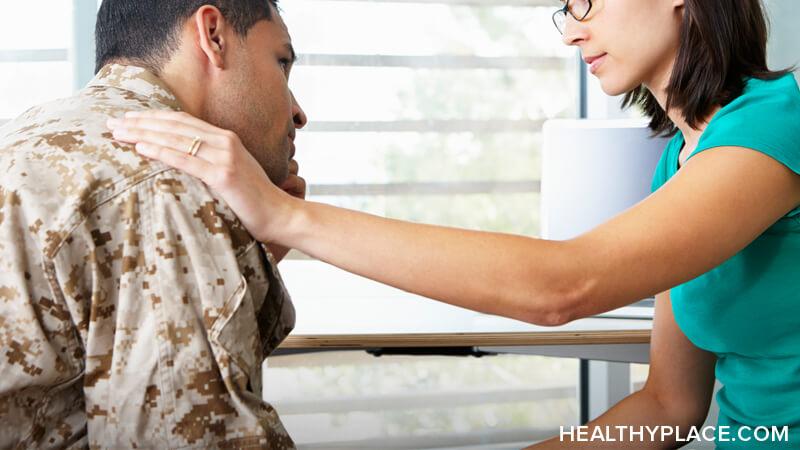PTSD and Safety: How to Feel Safe After Trauma

Feeling safe after enduring trauma or developing posttraumatic stress disorder (PSTD) can be a challenge. Growing up, I had a persistent uneasy feeling in my gut that manifested as a constant stomach ache. After being sexually assaulted by another (though older) child, I found myself unable to feel at ease in my own body. I worried not only about my personal safety but also my family's — especially since the boy threatened to hurt me and my loved ones if I told anyone what he did to me. Feeling safe with PTSD turned out to be very hard.
This unsafe feeling lingered for years after the assault. In fact, it created a sort of snowball effect that seemingly attracted more trauma and reinforced the idea that I was in danger. Thankfully, through therapy, I've discovered some ways to comfort myself and cultivate that feeling of safety.
The Importance of Feeling Safe with PTSD as a Trauma Survivor
Feeling safe with PTSD after my trauma was a difficult feat. I still have moments when my nervous system sets off false alarms and causes irrational fear and panic. However, I've come a long way in therapy by working through my childhood sexual assault and all the trauma that followed. Finding safety through secure relationships, support groups, healthy routines, and other practices has substantially impacted and progressed my healing. When I am reminded that I'm safe and have a community of loved ones to rely on (and vice versa), I feel much more at peace.
It felt nearly impossible for me to work through my trauma when I was still feeling a physical sense of threat or danger any time I tapped into those memories. Through security, stability, and safety, I've increased my confidence and trust in myself and others, which has allowed me to face some of my fears and process my past.
How I Feel Safe with PTSD
To feel safe while battling PTSD, I've addressed the areas of my life that stirred up intense fear or distress. For example, some of my relationships were not as healthy as I'd believed. While I might have physically been safe with the people in my life, I realized I wasn't always emotionally safe with them. I couldn't always be myself or express my emotions without facing backlash, judgment, or harsh criticism. Building a supportive group of friends and loved ones who accept me fully has been integral to my healing.
Another way I've been cultivating safety with PTSD is through creative self-expression. Articulating my emotions and experiences through creative writing and other artistic avenues has allowed me to process my pain in a less intense, more healing manner. Creativity has helped me connect with others more authentically.
Additionally, when something triggers me to feel anxious or panicky, I immediately communicate how I feel rather than shaming myself for it. In the past, I've tried to "put on a brave face" and power through my triggers. Now, I feel safe enough to tell those around me that I need support or reassurance. This vulnerability has been a game-changer for me.
If you have PTSD, ask yourself what might help you feel less alone and afraid and how you can foster a sense of safety so you can lead a life you love.
What makes you feel safe? Feel free to share in the comments below.
APA Reference
Caramela, S.
(2023, November 6). PTSD and Safety: How to Feel Safe After Trauma, HealthyPlace. Retrieved
on 2025, December 12 from https://www.healthyplace.com/blogs/traumaptsdblog/2023/11/ptsd-and-safety-how-to-feel-safe-after-trauma
